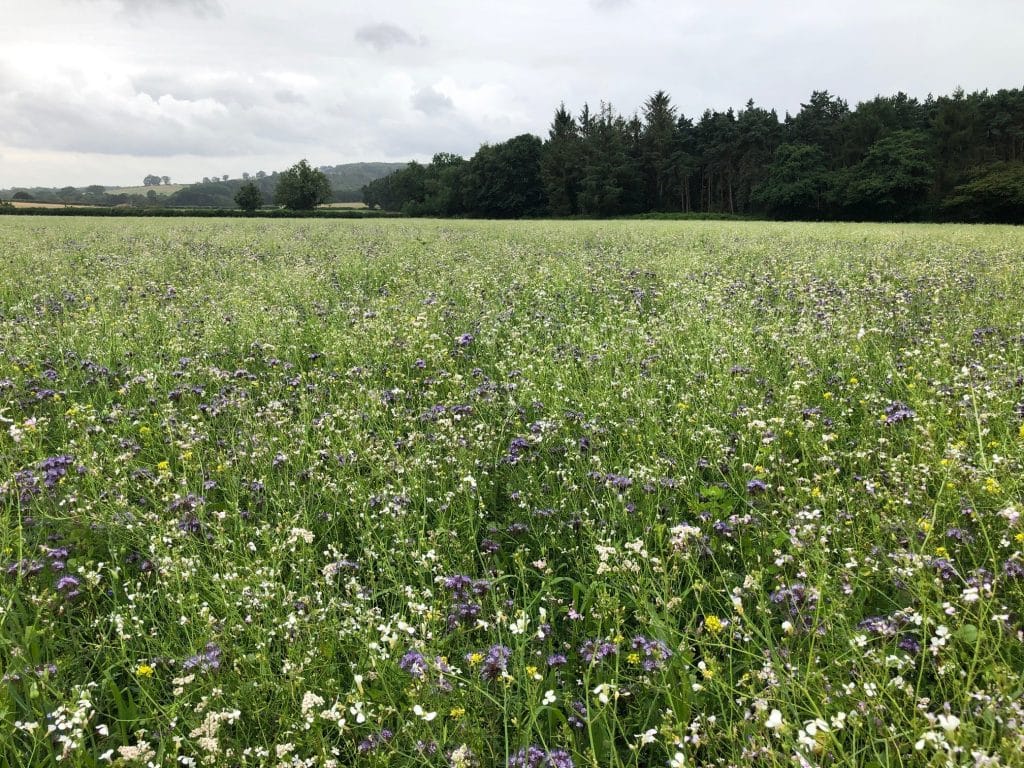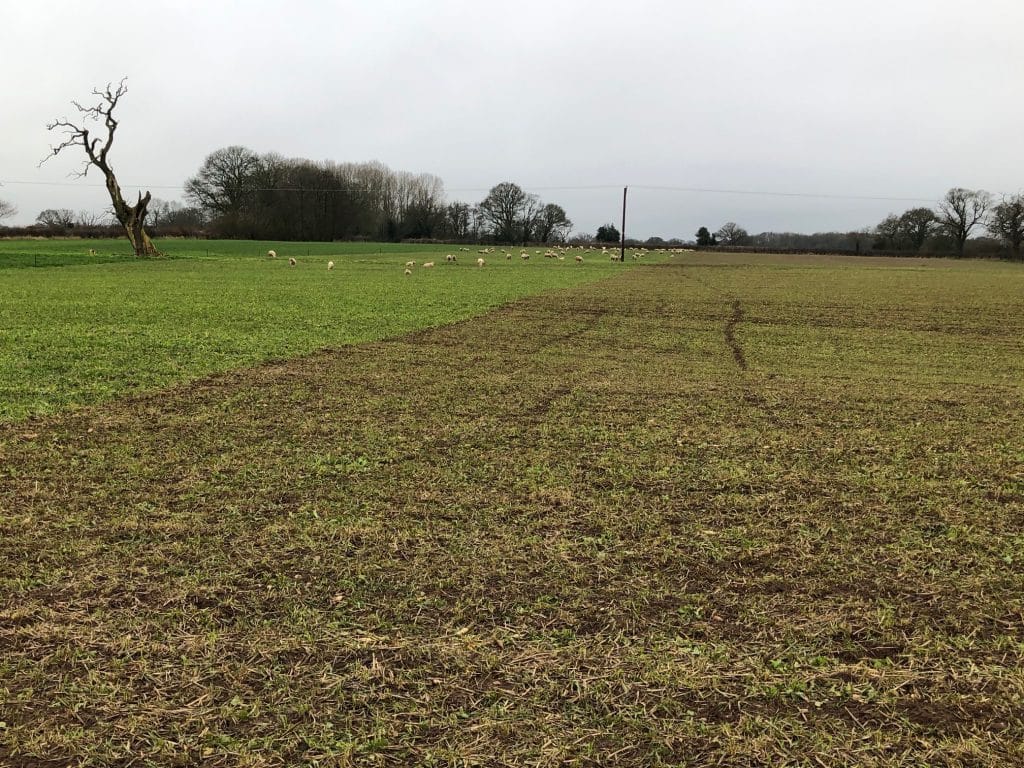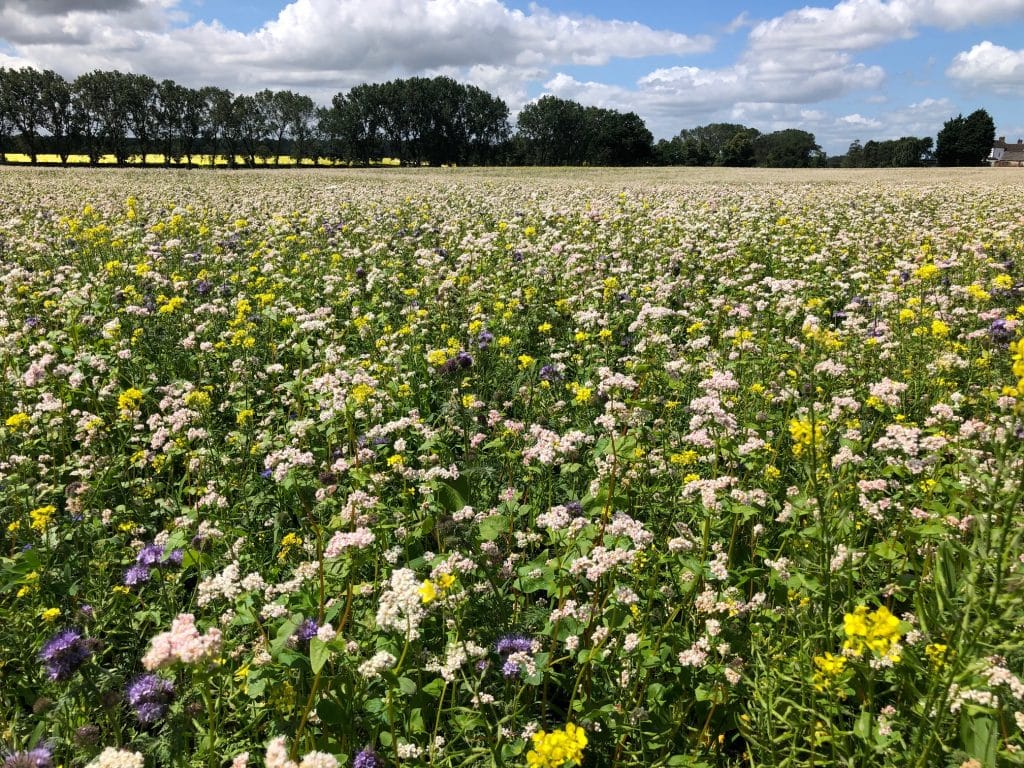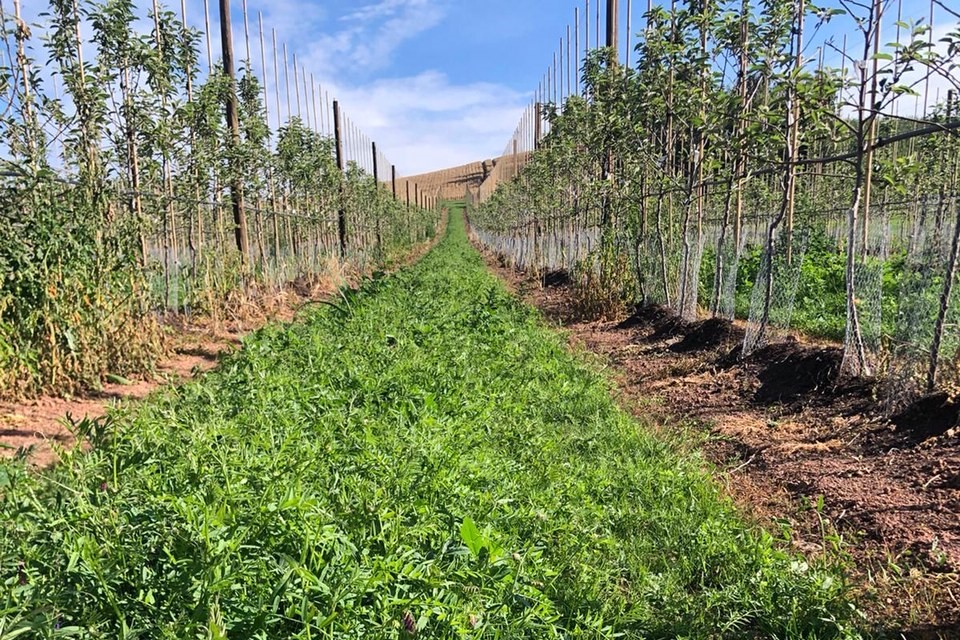New in the mix – CPM – Ed Brown
As the value of cover crops continue to be realised, Hutchinsons has added a whole host of new specialist mixes to its portfolio this year ...
The mixes are specifically designed to maximise the benefits of their use in a wide variety of situations.
Catch and cover crops are now increasingly used across all sectors of crop production for many reasons, including their ability to improve key soil functions, add organic matter and cycle nutrients for the following crop.
But to get the best from them, it’s important to select the right mix to match the on-farm objectives, says Ed Brown, head of agroecology at Hutchinsons.

Ed Brown, Head of Agroecology
For 2021, Hutchinsons has added a number of new cover and catch crop mixes to provide a solution for everyone interested in exploring the benefits of such cropping. “These mixes have been constructed around the reliability of the individual species and their ability to deliver key agronomic advantages and improvements in soil health,” explains Ed. “Technical justification has been the driver in the selection of each species and the key aim with each mix has been to provide as much diversity as possible, while considering cost, reliability and confidence in performance.
“For us, the motives behind these mixes are purely wanting to do the right thing – by our farmers and the environment. We know cover crops offer so much potential to arable farms and we want to showcase their full capabilities in our mixes.”
So, what do the new mixes look like?
Cover crop mixes:
The new MaxiVeg mix has been designed for those who specifically don’t want to use brassicas in cover crop mixes, says Ed. “Growers who regularly grow brassica cash crops in rotation and have associated issues with soil borne pathogens often want to avoid brassicas in cover crops so they don’t antagonise issues further.
“While this mix is brassica free, it does contain the remaining five species of the over-winter range and so still provides a good level of plant diversity and therefore a number of key benefits – including nitrogen-fixing legumes.
“MaxiVeg is suitable for any soil type and should be drilled as soon as possible in the summer, following harvest of the previous crop, and no later than early Sept.”
Species include: Linseed; buckwheat; phacelia; hairy vetch; crimson clover.
For those wanting to strike a balance between improving soil health and providing better forage for grazing, MaxiGraze is the ideal choice, explains Ed.
“While single species forage crops, grown over-winter could technically be called cover crops, they deliver very few of the key soil health benefits that a multi-species cover crop does.
“That said, generating forage for sheep or cattle is important for some, so with this mix you have the option to do both. As growers start to explore more the potential of regenerative agriculture and how livestock may become an important part of arable rotations, this mix could help to tick a number of boxes.”
Forage rape, smart radish and stubble turnip are the three brassica species which provide the bulk of the forage in this mix and due to their three different growth habits, canopy, and root types, they still satisfy the requirement for diversity within the mix, he adds. “Smart radish has a thick tap root but also has lateral roots which explore the soil horizontally. It also produces a large amount of top growth for forage.
“Winter vetch and crimson clover provide quality forage as well as nitrogen fixation and further diversity of root growth. Linseed, while not as palatable as the other species, can be grazed and provides the all-important soil stability from its fine, fibrous root system.”
Species include: Linseed; fodder rape; smart radish; stubble turnip; winter vetch; crimson clover.
As it alludes to in the name, MaxiSpectrum delivers maximum diversity with 15 species, says Ed. “The plants in this mix will provide many different types of canopy architecture, root structure and growth habit which in turn provide a multitude of benefits to the soil, the environment, and the following crop.
“Every root type explores the soil in a different way and to different depths which helps to create excellent friable soil.
“The range of species all have their strengths in terms of extracting nutrients from the soil which means that overall nutrient cycling should be enhanced for the benefit of the following cash crop. Each species also produces slightly different root exudates and therefore interacts with soil microbes in their own unique way. This should result in an uplift of the total microbial population as well as supporting a more diverse population.
MaxiSpectrum also includes the “magic five” species recommended by Dr Caligari, a Brazilian scientist and leading expert on cover crops, who suggests that these five species (cereals, grasses, chenopods, brassicas, and legumes) grow symbiotically together and produce a mass of phenolic compounds. “It’s Dr Caligari’s belief that these compounds are powerful antioxidants, they stimulate soil life and fast track the formation of humus and therefore soil structure,” notes Ed.
Species include: Linseed; buckwheat; phacelia; sunflower; quinoa; daikon radish; fodder radish; brown mustard; fodder rape; hairy vetch; crimson clover; small blue pea; spring oat; forage rye; Japanese reed millet.
Regardless of the crop type or farming system, the health of the soil is always essential to deliver high quality produce in a sustainable way.
Cover crops are used in combinable crop systems to improve soil function, raise organic matter, improve fertility, and build biological activity. This in turn supports healthy, nutrient dense crops which are better able to fight off pests and diseases and cope with extremes in weather.
So why should fruit crops be any different?
The added challenge in orchards, hop yards and vineyards is that the soil between the fruit rows is run on by machinery frequently through the growing season, which can cause compaction problems, explains Ed. “With this in mind, the new MaxiFruit mix has been developed to provide all the soil benefits mentioned above, as well as hold up machinery better through its deep and diverse root types.
“It’s a perennial, grass-based mix but includes a number of legume and herb species. It’s also made up of species which do not grow too tall, to avoid potential agronomic issues. During the growing season it can be mown to manage the height which gives the opportunity to throw the cuttings under the fruit trees, providing a weed suppressive mulch and also contributing nutrients and organic matter.”
Species include: Creeping red fescue; crested dogstail; sheep fescue; sainfoin; ermo aliske; iona white clover; hairy vetch; birdsfoot trefoil; ox eye daisy; yellow rattle; yarrow; sheeps burnet; black medick.
Catch crop mixes:
MaxiImpact
MaxiImpact is designed to do exactly that – make a visual impact. “The six species chosen for this mix produce a range of vibrant colours during flowering to deliver a powerful visual impact in the landscape as well as providing a pollen and nectar source, a haven for birds, pollinators, beneficial insects, and natural predators,” says Ed.
There are a number of opportunities to utilise this mix across the farm including along headlands of cash crop fields to encourage beneficial insects, or as part of a wildlife corridor through the farm, he adds. “It could also be planted on the internal headlands of vegetable fields or around the outside of vineyards and orchards. Again, diversity of species is delivering multiple benefits to both soil life and the life above the soil and the range of flowering periods will provide high quality habitat throughout the summer.”
Species include: Linseed; buckwheat; phacelia; dwarf sunflower; berseem clover; crimson clover.
By Charlotte Cunningham
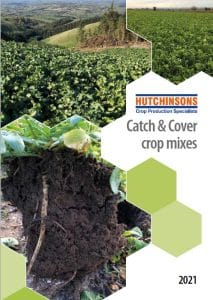
Cover and Catch Crop Mixes 2021 booklet
View the booklet for more information on the mixes mentioned, or contact your local Hutchinsons agronomist, who is able to provide advice and guidance on these mixes. Always consider the many important agronomic factors that may be relevant to you.
Download (1778 kb)